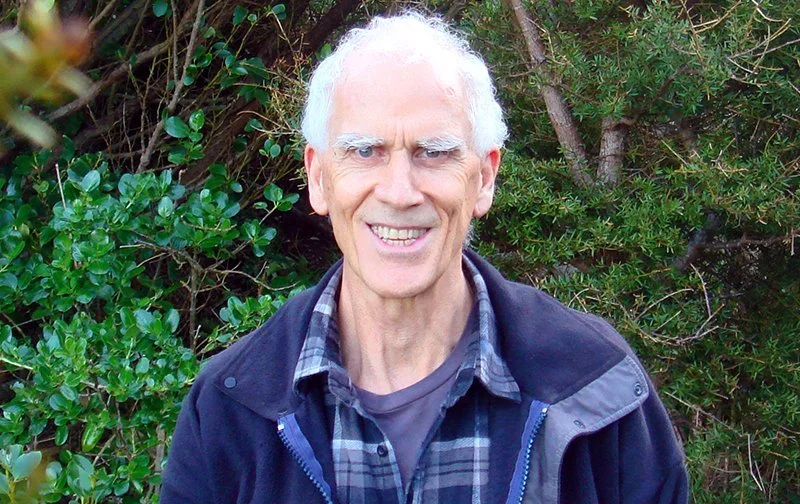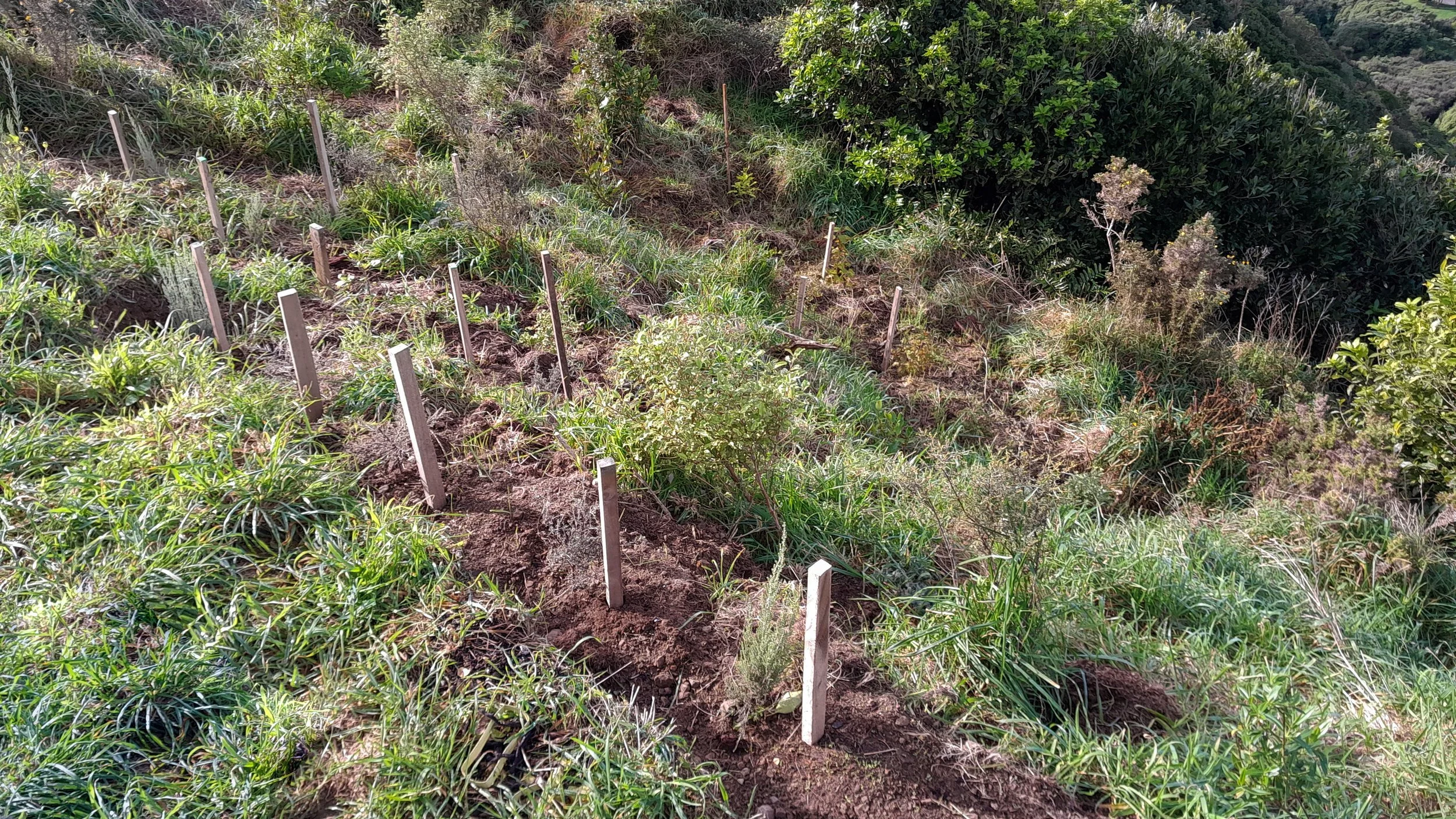Adopt-a-Spot
Sometimes trees need some extra care after they have been planted. They can be smothered by fast growing grass and blackberry, slowing their growth or even killing them. We are after a few volunteers who can come back for a year or two afterwards and do some release weeding once every few months, mainly in the spring and summer.
We have a few spots needing attention now and once we have done this seasons planting we will need a few people to do release weeding at various points along Moemoea.
This work will take a couple of hours 3 times a year for a year or two.
Get in touch with us on +64 22 127 7361 if you can help.
—————————
After-planting care is important for some sites, especially where our plants can be smothered by fast-growing grass and other weeds. We have several small-sized sites that we are looking for people to care for over the next year or two. This will increase plant survivability and allow them to grow faster too.
We've been fortunate to have nearby resident Nick adopt an area along Te Uma I Mokotia track.
1) Why did you decide to Adopt a Spot?
Whilst walking one day from my home in Berhampore into nearby areas of the town belt, I was disturbed by the prolific growth of Tradescantia (wandering Willie) in a small stream bed. I thought “Why doesn’t the council control these weeds”. On reflection I realised if I wanted these or other weeds to be removed, to allow regeneration of the native plants, I should do something about it myself. My walk took me into Manawa Karioi where I observed other weeds climbing into the replanted native trees, and thought I would return with secateurs to release one tree at a time from being smothered by such weeds.
2) What does your work involve?
It’s about a 25 minute walk from my home to Manawa Karioi, then I spend about 60 - 90 minutes “rescuing” a tree or two from being overwhelmed by weeds. I remove weeds from around the trunk, and spread forest mulch in its place to suppress future weeds. I mound many of the weeds into a nearby heap which I will later use as compost beneath the juvenile trees, as the soil is quite shallow and the root run is often limited. I carry out minor pruning to allow additional light onto the replanted podocarps, which are intended to become the dominant forest.
3) Tell us a little about the area you look after.
Several decades ago about twenty totara trees were planted (by others) near the top of a gully, mainly spaced about 3 metres apart, but as much as 50 metres. I want to help these trees to become better established and attain their potential as long lived forest giant. It’s a very peaceful place to be, surrounded by nature; I feel we heal each other.


